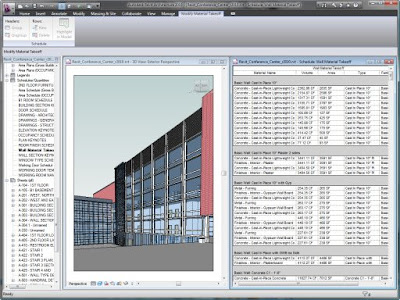
In reality, the rendering look of the material is determined in the “Appearance” tab, not the “Graphics” tab. This is exacerbated by the fact that Revit opens at the Graphics tab by default and that “Use Render Appearance” is not checked by default. Many users do not realize this distinction and believe that the shading color controls the color of the rendered material. So you may decide that all your welding looks bright red when you look at it in an un-rendered drawing, but it will still look like a grey metallic weld when you render it. This can be useful to highlight a particular material in a presentation drawing, but the Graphics color has no effect on the way the material will render. These graphics are great for 2D black and white drawings where color and texture would muddle the appearance of a material for drawing documentation.Īs shown above, the Graphics tab gives the ability to change a color’s “Shading” color. For example bricks are often represented as a 45 degree hatch and earth has its own hatching type. GraphicsĪs mentioned above, the Material Graphics tab is meant to represent materials according to architectural standards. Let’s examine how we use these material levels to our advantage. While this separation of material definitions is a powerful feature for advanced users, it is a source of confusion for many. This is more of a management feature, but understanding it is crucial to avoiding complicated mistakes. Appearance Asset - Material Appearance setting that Revit uses to find the visual appearance of a material, these can be shared across many materials.This is where you will spend the most time tweaking the material look. This is how materials will appear once rendered. Appearance - Appearance in rendered images.This is similar to the graphic standards architects have been using in black and white drawings for hundreds of years. Graphic - Appearance in non-rendered graphics.Revit splits material definitions into three parts. Sometimes, things are not as they appear. Part 3: Realism and Physically Based Rendering (PBR).The article will be released in three parts:

This article aims to go over some of the new concepts, common pitfalls, and tricks used to take control of your model materials.

Revit materials have evolved a lot over the last few years, reaching new levels of complexity, power and confusion.


 0 kommentar(er)
0 kommentar(er)
